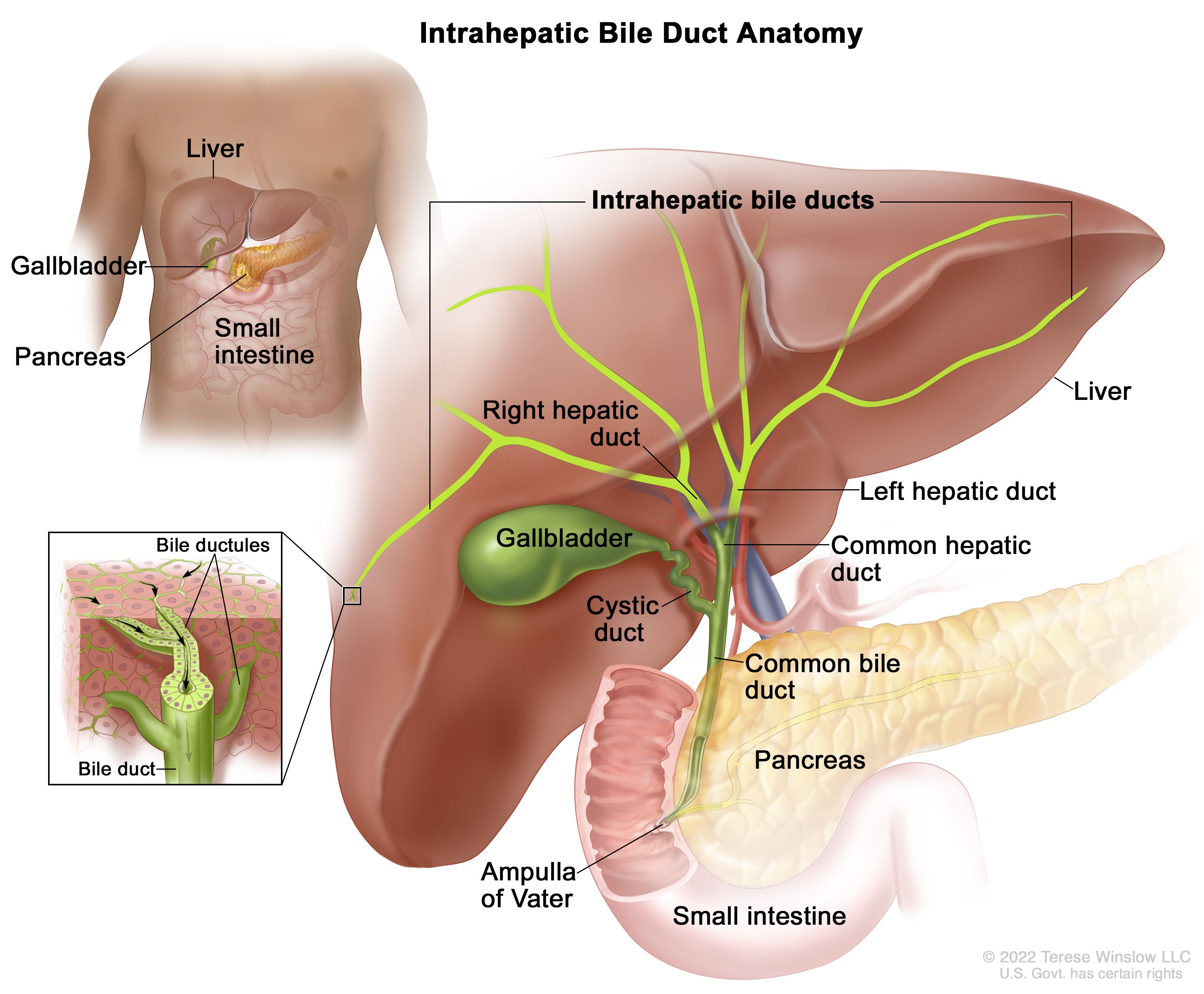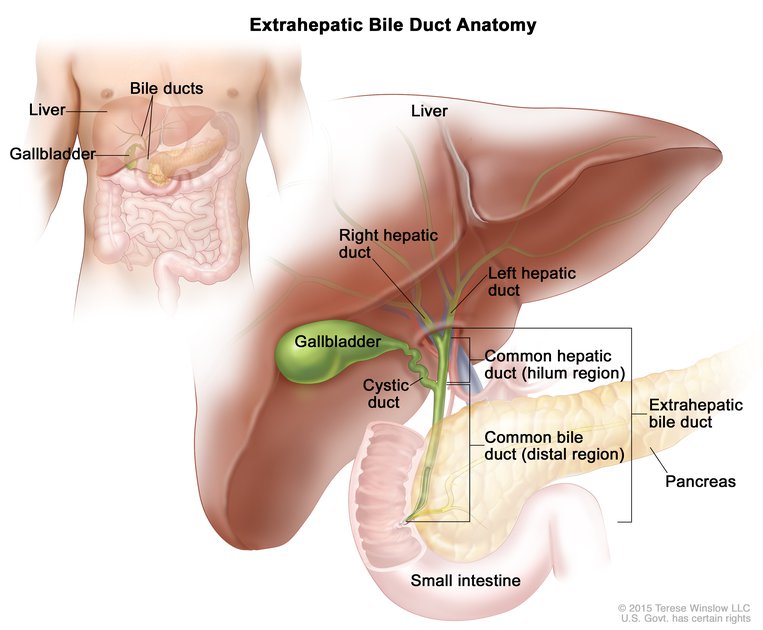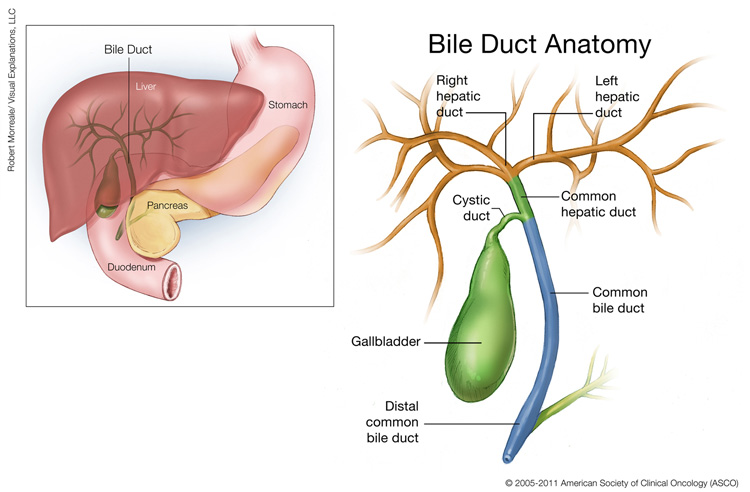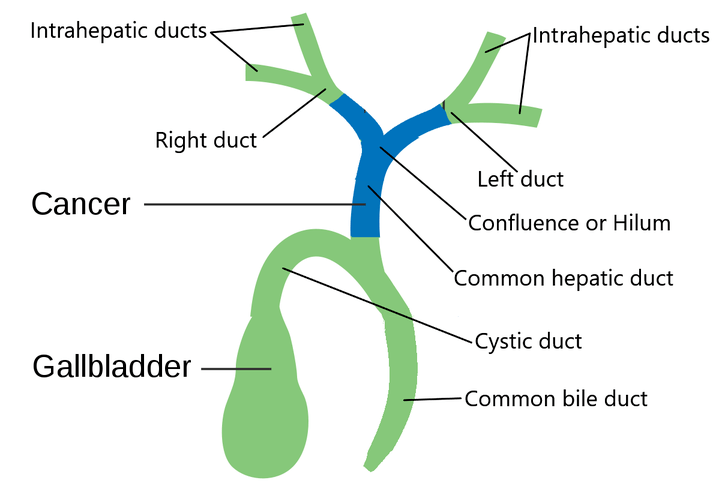The most common places for bile duct cancer to spread are the lungs bones and the lining of the abdomen called the peritoneum.
Bile duct cancer metastasis to lung prognosis.
These numbers are based on people diagnosed with cancers of the bile duct between 2009 and 2015.
If the cancer has spread to the regional lymph nodes the 5 year survival rate is 7.
Clinically it is featured with latent symptoms and early metastasis leading to a poor prognosis.
Bile duct cancer is a rare disease in which malignant cancer cells form in the bile ducts.
The cancer has spread to distant parts of the body such as the lungs.
It means that the cancer has spread through the bloodstream or lymphatic system to organs further away.
The common bile duct cancer prognosis for stage 1 increases to 15 and for stages 2 and 3 by 6 for intrahepatic bile duct cancer.
The cancer has spread outside the bile ducts to nearby structures or lymph nodes.
The person has advanced or stage 4 cancer.
Prognosis for liver metastases tends to be poor.
The tnm staging system provides a detailed summary of how far the bile duct cancer has spread and gives doctors an idea about a person s prognosis outlook.
Extrahepatic bile duct cancer ebdc is a combined type of malignancy mainly consisting of extrahepatic cholangiocarcinoma and gallbladder cancer.
But for treatment purposes doctors often use a simpler system based on whether or not the cancer can probably be removed resected with surgery.
A network of tubes called ducts connects the liver gallbladder and small intestine this network begins in the liver where many small ducts collect bile a fluid made by the liver to break down fats during digestion the small ducts come together to form the right and left hepatic ducts which lead.
Bile ducts connect your liver to your gallbladder and to your small intestine.
Doctors call cancer that has spread to another part of the body secondary or metastatic cancer.
Bile duct cancer is a very rare disease.
Based on the 5 year survival rate stage 4 bile duct cancer prognosis intrahepatic bile duct cancer prognosis and distal and perihilar bile duct cancer prognosis is only 2.
If the cancer is diagnosed at an early stage the 5 year survival rate is 24.
If untreated bile duct cancer survival is 50 at one year 20 at two years and 10 at three years with virtually no survival at five years.
They are divided into.
Prognosis is worse for those patients whose tumor has invaded adjacent tissues has lymph node involvement or has spread to distant places in the body.
5 year relative survival rates for bile duct cancer.
If the cancer has spread to a distant part of the body the 5 year survival rate is 2.
This condition also known as bile duct cancer is an uncommon form of cancer that occurs mostly in people older than age 50 though it can occur at any age.
The swelling can cause an obstruction to blood and bile flow.








.jpg)
